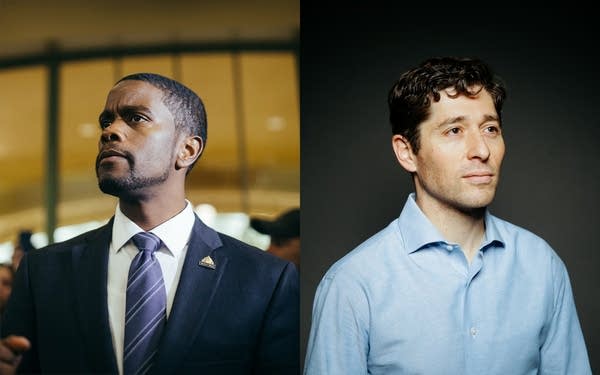St. Paul, Minneapolis struggle to build budgets that can rein in the violence

As violent crime spikes in St. Paul and Minneapolis, politicians including Mayors Melvin Carter and Jacob Frey are under pressure to balance spending on police with other crime prevention strategies.
Evan Frost | MPR News 2017
Go Deeper.
Create an account or log in to save stories.
Like this?
Thanks for liking this story! We have added it to a list of your favorite stories.


